There’s a misconception that getting into the sport of motorcycling is a costly endeavor. In reality, it’s no more costly than any other sport or activity that requires special equipment or gear. Like most other sports, with motorcycling you can get by just fine in the beginning with used equipment and gear. In fact, if money is an issue, we recommend buying a used motorcycle and even looking into buying a used jacket and gloves to get started. This way, the up-front financial commitment isn’t so great at a time when you’re still figuring out exactly what you want for the long haul.
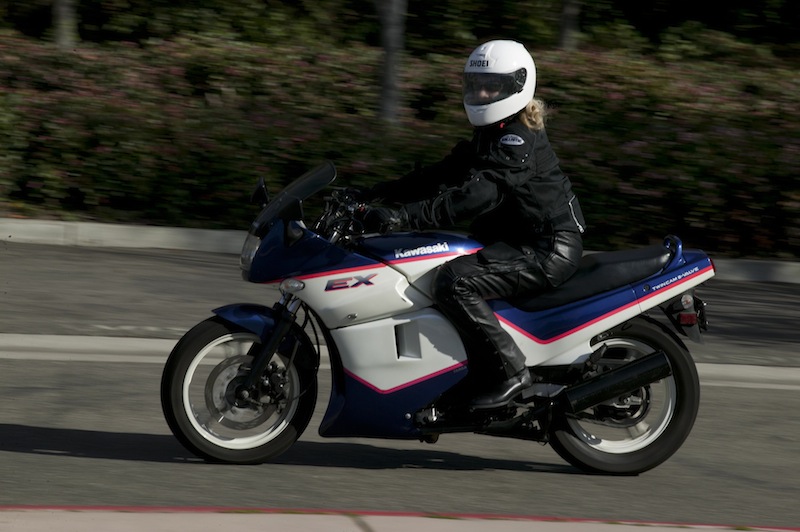
Here is a list of the basic items you will need, or should consider getting, and a range of prices to help you understand what to expect when figuring out a motorcycling budget. By no means is this list conclusive—rather, we suggest you use it as a guide to get you started.
Up-Front Costs
Motorcycle: If you’re new to motorcycling, we highly recommend buying a used motorcycle as your first bike. Visit our article about Buying Used Vs. New, which explains why we believe used is the way to go in the beginning. Then visit the Motorcycles to Get Started Onpage of the WRN Beginner’s Guide to find specific makes and models that might work for you. Here is a range of prices you should expect to pay based on the size and condition of your first motorcycle.
- Used 250-750cc motorcycle: $1,500-$4,000
- New 250-900cc motorcycle: $4,000-$8,000
Motorcycle Insurance: Insurance costs will vary a lot depending on your age, type of motorcycle, age of the motorcycle, type of coverage, etc. If we had to give a range, we’d say you should expect to pay anywhere from $300 to $2,000 a year, with that top end applying to young, high-risk males.
Helmet: We highly recommend wearing a DOT-approved helmet, and we recommend always buying a helmet new. Do not buy a used helmet. A helmet does an optimal job of protecting when it has not been dropped multiple times and when it has not been involved in a previous crash. Helmets are designed for a one-time crash. You don’t know what you’re getting with a used helmet. Prices range from a low of $60 for a lesser-quality half-shell helmet to a high of $800 for the highest-quality full-face helmet. If price is an issue, you can get by with a good-quality helmet for less than $200.
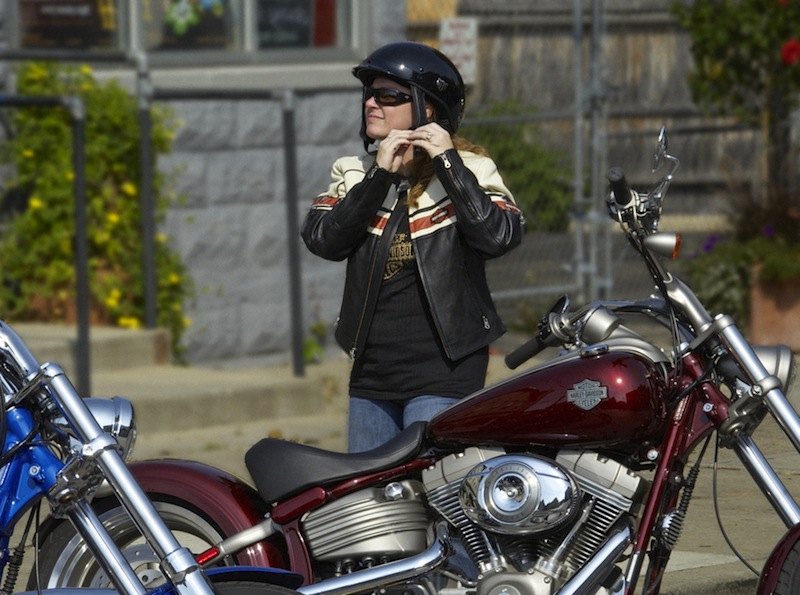
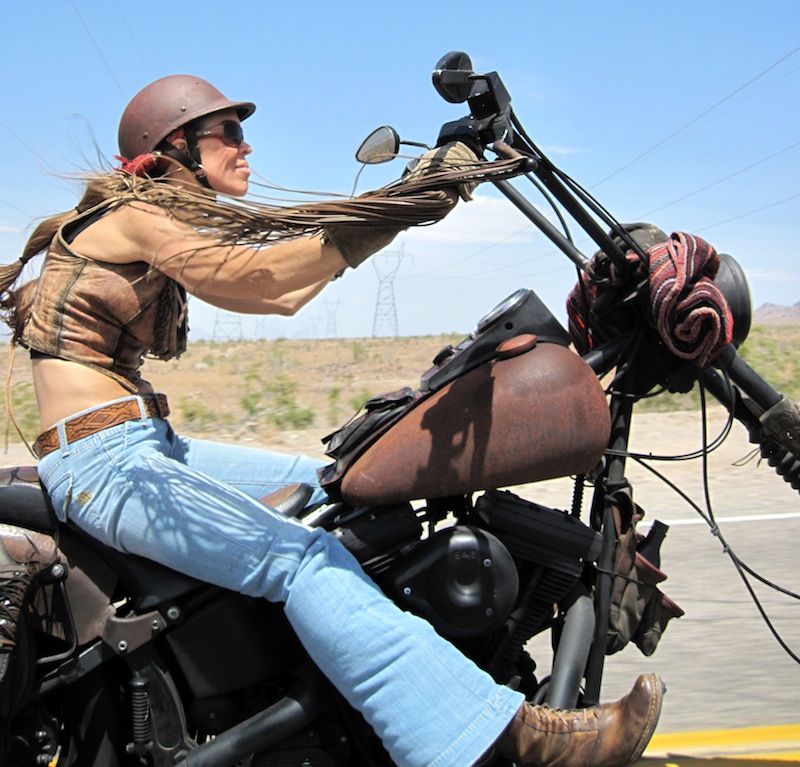
Riding Jacket: You will need a riding jacket right away. You should always ride with some sort of jacket protection. These days, there are many choices, ranging from your basic leather motorcycle jacket to a high-quality armored textile jacket. You can pick up a new, high-quality all-purpose textile jacket for around $180. A lesser-quality leather jacket (with no armor) can be had for as low as $60.
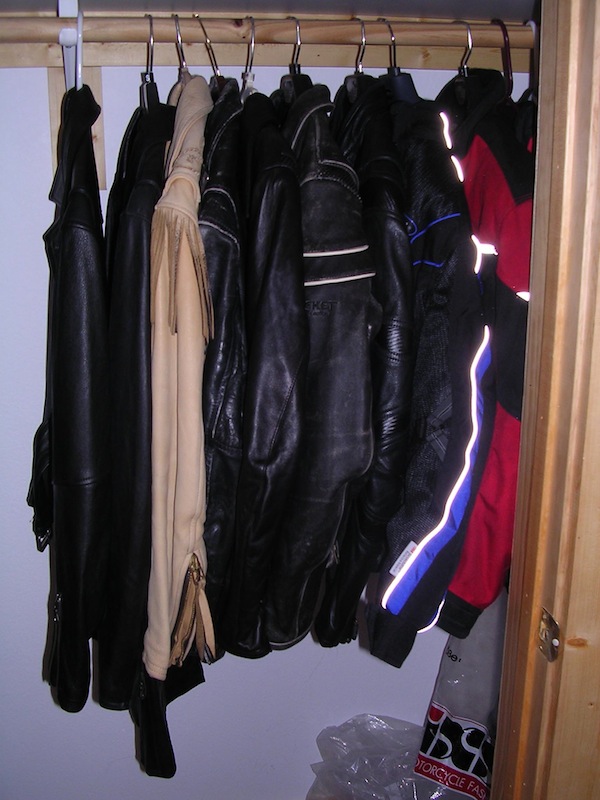
Riding Boots: We highly recommend wearing motorcycle-specific riding boots. Many riders new to motorcycling will skimp and wear their fashionable cowboy boots, hiking boots or even sneakers. These are not good options, as these types of footwear aren’t designed to protect your foot and ankle like a riding boot is. In addition, boots not designed for riding do not typically have the traction needed when putting your feet down. A good-quality pair of motorcycle riding boots will usually start at around $80.
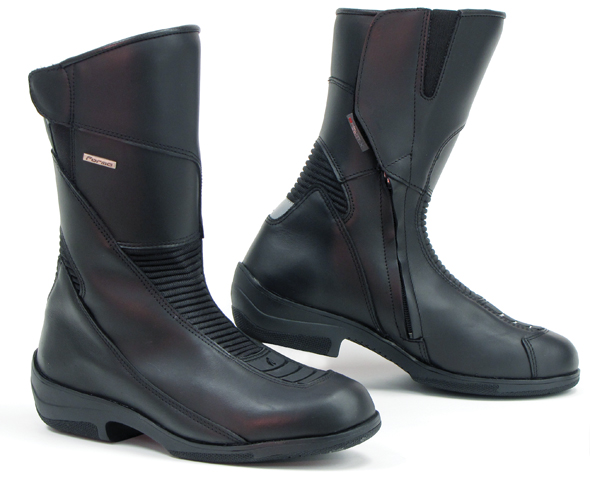
Riding Gloves: Similar to boots, gloves are something on which new riders may skimp by wearing their fashionable leather gloves, bicycle riding gloves, or even no gloves at all. This is not a good idea. We can’t stress enough the value of quality protective leather or textile riding gloves. Why? Gloves protect your hands from pebbles and other flying road debris from vehicles in front of you, as well as from bugs, which can "smart" at 60 mph. Also, youll want to be wearing gloves should you drop your motorcycle or, worse, crash it. Whats the first thing youll do in those situations? Reach out your hands to brace your fall. Bottom line: Gloves protect your precious hands. Prices typically start at around $50.
Riding Sunglasses: You might decide to wear your regular sunglasses for a while on your motorcycle, and that’s fine. But usually these “fashion” glasses don’t wrap around your eyes and head and thus don’t provide adequate protection from the wind. In addition, you want to be sure to wear glasses that are shatter-proof, in the event of an accident. Riding sunglasses start at around $40.
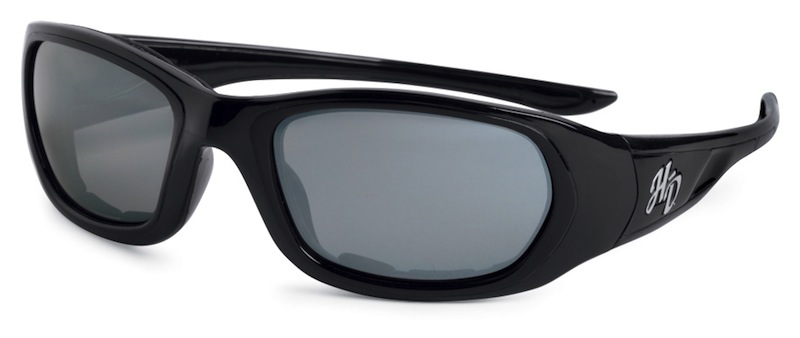
Storage Fees: If you have a garage, shed or similar structure in which to house your motorcycle, then you won’t incur this cost. But those who live in apartments or have no parking will need to consider the cost of a storage unit or garage. This cost will obviously vary by geographic region and the type of storage desired.
Expenses Over the First Year
Rain Gear: Eventually you will realize the need for rain gear—breathable, nylon/polyester, outer-shell jackets and pants that go over your regular riding jacket and pants. These are designed to repel water and keep you dry when riding in the rain. Expect to spend about $150 and up, depending on the quality and features of your gear. Take note, however, that if you buy a cheap set of rain gear, you’ll quickly learn that you get what you pay for. Cheap nylon gear doesn’t last long in the elements—it often gets torn over time by the wind and burns easily in situations where a pant leg comes in contact with a hot exhaust pipe. Spend the extra money to get a set designed to do the job adequately. And note that if you end up buying a waterproof riding jacket and pants, then you won’t have a need for this extra layer.
Riding Pants or Chaps: It won’t be long before you realize the need for protection and/or extra warmth for your legs. Leather chaps are worn mostly by cruiser riders (but any rider can wear them, obviously!) and can range from $50 for the “cheaper” leather kind to $200 for a high-quality name-brand set. If you plan to do some serious touring, you’ll want a good-quality pair of leather or textile riding pants, for which prices can range from $150 to $300 or more, depending on quality and features.
Night Riding Glasses: In most states, motorcycle riders are required to wear clear, protective eyewear at night, so you’ll need a pair of clear riding glasses if you plan to do any riding after dark. Prices start at about $10.
Routine Maintenance: This includes oil changes. If you do this type of maintenance yourself, you’ll save a lot of money. If you use a motorcycle technician, shop rates can range from $55 to $90 an hour.
Aftermarket Accessories: Windshield, saddlebags, lower seat—if you’re like most riders, you’ll want to customize your new bike so it better fits your comfort and needs. You may also need to add accessories so you can go touring (assuming your motorcycle didn’t come with those features). This is a big variable, but you can spend upwards of $1,000, conservatively, accessorizing a new motorcycle. If you buy a used motorcycle, however, you probably won’t go to the trouble of accessorizing it, as it’s likely one you’ll trade in after your riding skills increase.
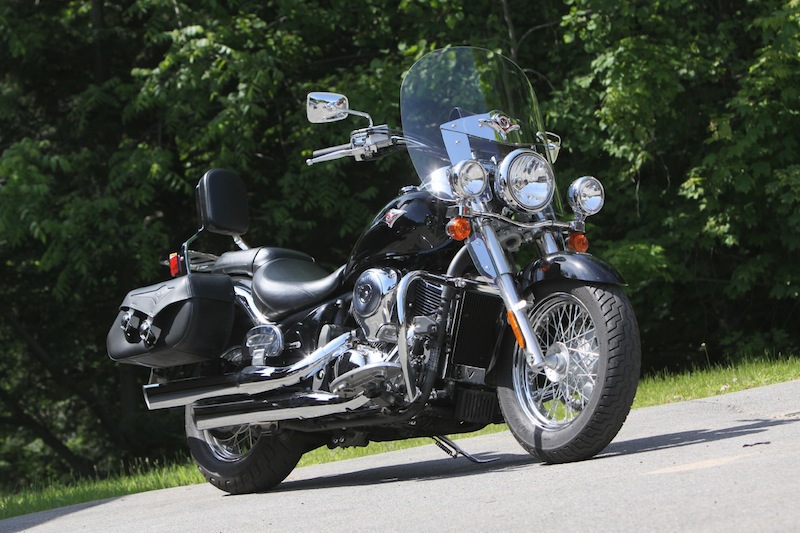
Reviews
Women Riders Now has published hundreds of articles and reviews on motorcycle gear and accessories, including riding jackets, pants, chaps, helmets and more. Below is a sampling of articles and reviews. For lots more, visit the Apparel & Product Reviews section of WRN. If you don’t find what you’re looking for, use the “search” feature at the top of the page.
Helmets:
New Helmet for Women Debuts
Getting the Proper Helmet Fit
Scorpion’s Fall Collection With New Helmet
New Arai Helmet
Riding Jackets:
REVIEW: Tour Master Motive Jacket
Gear Guide for Big Girls
Riding Pants:
REVIEW: Kevlar Lined Jeans with Amazing Style
REVIEW: Olympia Moto Sports Airglide Pants and Jacket
Rain Gear:
REVIEW: Tour Master Woman's Rain Suit
Waterproof Leathers
Looking for more information on how to get started? Return to the WRN Beginner's Guide.

I imagine this was a difficult article to write since costs vary so much in different parts of the country. Here in Nebraska I pay less than $300 a year in insurance for a brand new HD Softail Slim, and I don’t even bundle. Some of these things I’ve paid less for (I’ve never paid $50 for gloves) and some more (like my nice Olympia jacket) but all in all I think the writer did a good job estimating. Over the years I’ve done a lot of consolidating. My nice Olympia jacket has a waterproof and insulated liner so I don’t need rain gear or a different coat for winter. Makes traveling easier too. As far as Harley dealers charging a lot for their clothes, maybe, but they also have far and away the best selection for women so I give them my business anyway.
Thanks for the great feedback Donna. You are right, this was a difficult article to write as we really have to give a range of prices because of the disparities. And great tips on how you’ve consolidated your gear. All the best to you!
Topics are spot on! Dont forget ebay prices can be half that.
Some of those costs are grossly underestimated and while some others seen high. So I thought this article was going to give a final cost of motorcycling. I would never, ever buy a pair of used gloves that are motorcycle specific. Jackets are fine since you wear something under them and I do agree about the helmet – I wouldn’t buy a used one. Harley Davidson is usually the last place I shop for anything for riding as they are way too expensive and most everything is made in China by cheap labor and the prices hiked because Harley has their name on it. There are loads of places online to shop and WRN has some of those great places. The only thing is sizes are very different for each jacket depending on the manufacturer and you might have to send stuff back if you order online. What I’ve done in the past is look for a brand that I like where the fit is good and try on the clothing before checking to see if I can get it for a better price. Chaps are really hard to fit for me because I’m so short and chubby. I did buy a pair of Harley chaps with the elastic inserts and they fall down so that the top of the chap legs are halfway down to my knees. Good luck! You live and learn and when I started riding you couldn’t find woman specific riding clothes – had to wear what was made for men. Boots are really hard to find that don’t cost and arm and a leg and that are comfortable for riding and walking.